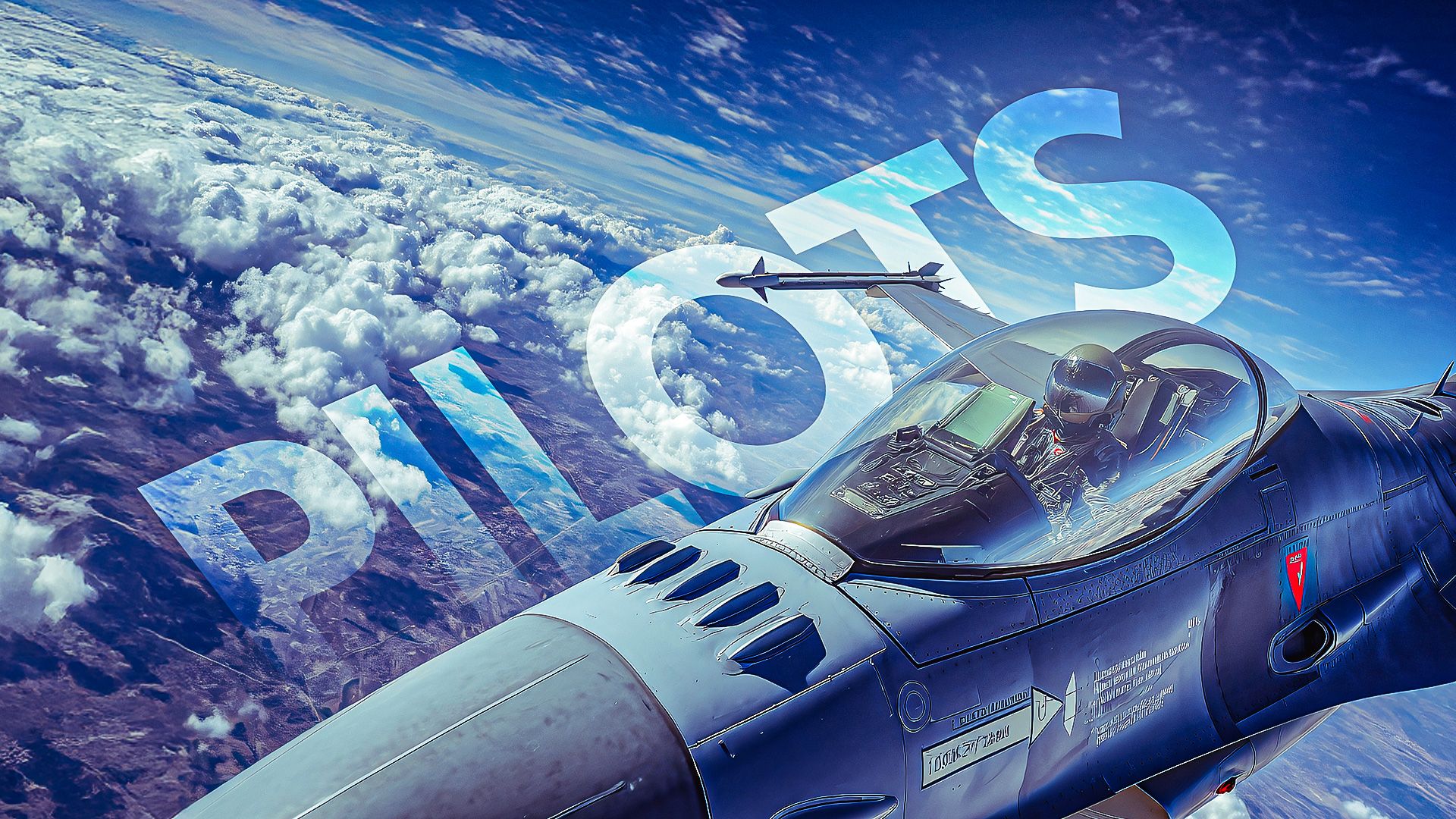World
USAF Maintains Dominance as World’s Largest Air Force by Pilots

The United States Air Force (USAF) has solidified its position as the largest air force in the world based on the number of pilots. With a current roster exceeding 13,000 active-duty pilots, the USAF operates a diverse fleet of more than 5,300 aircraft. This article examines the factors contributing to its status, the scale of its operations, and the rigorous pathway to becoming a pilot in this esteemed military branch.
Leading the World in Aviation Power
The USAF’s dominance in the realm of military aviation is not simply a matter of numbers; it reflects the extensive resources and strategic priorities of the United States. The air force is tasked with a range of missions, from combat operations to humanitarian assistance, which necessitates a robust pilot corps. The sheer volume of aircraft operated by the USAF contributes to its ability to project power globally, enhancing its operational readiness and effectiveness.
In terms of fleet size, the USAF boasts a mix of fighters, bombers, transport, and support aircraft, ensuring versatility in various operational scenarios. The fleet includes advanced platforms such as the F-35 Lightning II and the B-21 Raider. The vast array of military assets allows the USAF to maintain air superiority and support ground forces effectively.
The Pathway to Becoming a USAF Pilot
To join the ranks of the USAF pilots, candidates must meet stringent requirements, including educational qualifications, physical fitness standards, and successful completion of a demanding selection process. Prospective pilots typically hold a bachelor’s degree, often in fields like engineering or physical science, and must undergo a thorough evaluation of their cognitive and physical capabilities.
Once selected, candidates enter the Officer Training School (OTS) or the United States Air Force Academy. Following this initial training, they will attend specialized flight training programs that can last several months. During this phase, pilots accumulate flight hours and hone their skills on various aircraft types, ensuring they are prepared for the challenges of military aviation.
The average USAF pilot flies approximately 200 hours per year, although this may vary depending on operational demands and specific assignments. The training and ongoing evaluations ensure that pilots remain at the forefront of aviation proficiency, capable of executing complex missions under pressure.
The USAF’s commitment to pilot training reflects a broader strategic emphasis on maintaining a capable and ready air force. As global military dynamics evolve, the importance of a well-trained and adequately staffed air force cannot be overstated. The ongoing investment in pilot development is crucial for ensuring that the USAF remains a leader in military aviation.
In conclusion, the United States Air Force not only leads the world in the number of pilots but also exemplifies the rigorous standards and extensive training necessary to support its vast operational scope. As geopolitical challenges continue to arise, the USAF’s ability to adapt and maintain its pilot corps will be essential for safeguarding national interests and responding to global threats.
-

 Science2 months ago
Science2 months agoToyoake City Proposes Daily Two-Hour Smartphone Use Limit
-

 Health2 months ago
Health2 months agoB.C. Review Reveals Urgent Need for Rare-Disease Drug Reforms
-

 Top Stories2 months ago
Top Stories2 months agoPedestrian Fatally Injured in Esquimalt Collision on August 14
-

 Technology2 months ago
Technology2 months agoDark Adventure Game “Bye Sweet Carole” Set for October Release
-

 World2 months ago
World2 months agoJimmy Lai’s Defense Challenges Charges Under National Security Law
-

 Technology2 months ago
Technology2 months agoKonami Revives Iconic Metal Gear Solid Delta Ahead of Release
-

 Technology2 months ago
Technology2 months agoSnapmaker U1 Color 3D Printer Redefines Speed and Sustainability
-

 Technology2 months ago
Technology2 months agoAION Folding Knife: Redefining EDC Design with Premium Materials
-

 Technology2 months ago
Technology2 months agoSolve Today’s Wordle Challenge: Hints and Answer for August 19
-

 Business2 months ago
Business2 months agoGordon Murray Automotive Unveils S1 LM and Le Mans GTR at Monterey
-

 Lifestyle2 months ago
Lifestyle2 months agoVictoria’s Pop-Up Shop Shines Light on B.C.’s Wolf Cull
-

 Technology2 months ago
Technology2 months agoApple Expands Self-Service Repair Program to Canada









